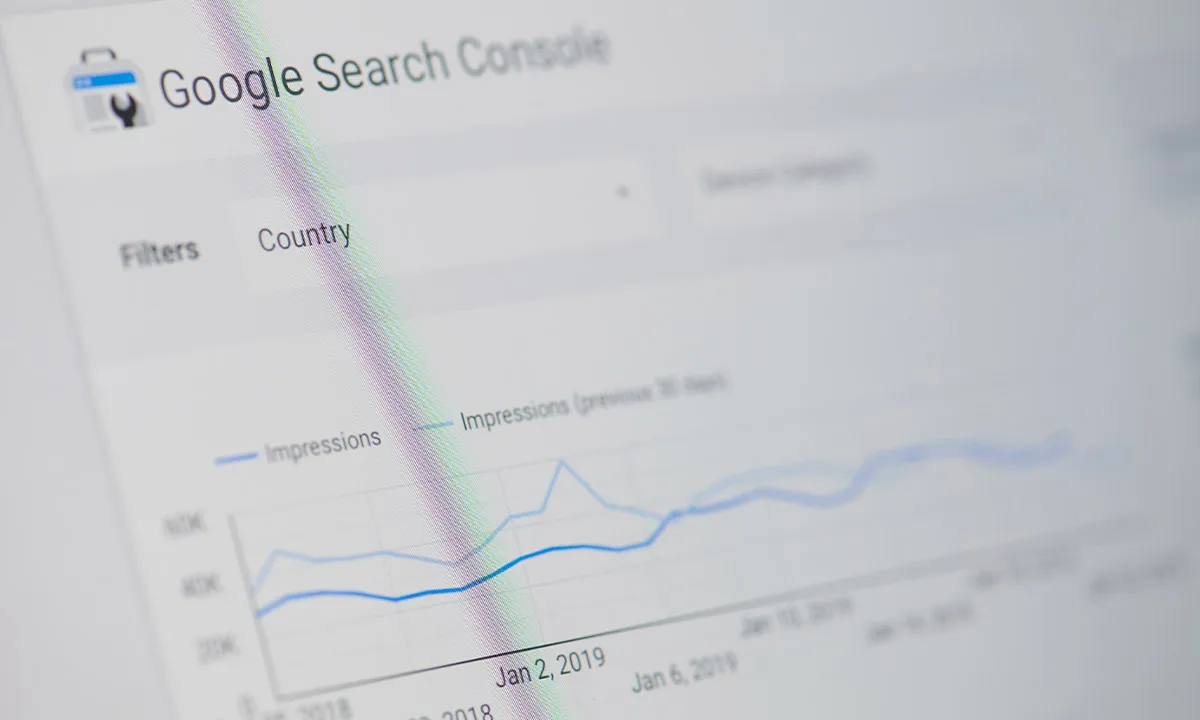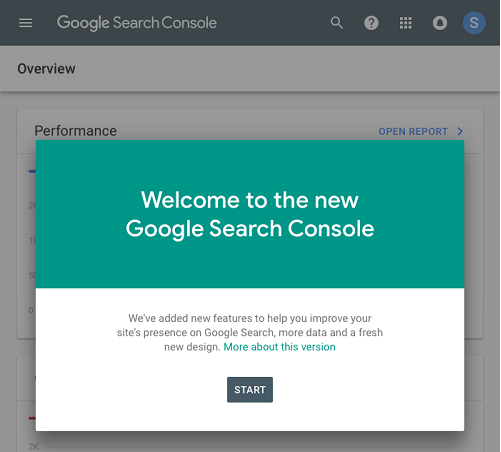How New Search Console Is Different from Old Search Console?

Google’s Announcement – “Google strongly recommends using the newer version of each report, as it becomes available. Old search console reports with a new search console will be removed soon.”
This is a guide, through which we can get the sole differences between new search console and old search console. But before that, we must know all the features of the new search console.
Old search console does not have the following improvements over the new Google search console:
- New search console has sixteen months of search traffic data, while the old one has 3 months search traffic data
- Complete information about a specific landing page, including index coverage, canonical URL, mobile usability, and more
- Tracking flows to help you monitor, fix, and request recrawl of pages affected by crawling issues
- New search console has new and improved tools and reports
- It works on mobile devices as well

Comparison of Tools and Report
Google has formed new versions of many reports and tools and will continue to migrate more. Below is a comparison of the reports and tools in the new and old search console.
New Search Console Report | Old Search Console Report | Comparison |
Performance | Search Analytics | New Google search console report has sixteen months of data and is relatively easy to use. |
Individual Enhancement Reports | Rich Cards | New reports provide complete debugging info, and a one-click request to recrawl fixed issues. |
Links | Links to your Site | New data report combines both links to your site and internal links report. |
Index Coverage Status | Index status | New report delivers all the information of the old report, and complete crawl status information from the Google Index. |
New Sitemaps | Sitemaps report | Both sitemaps have similar information. New search console has a better-designed report. The new report tests only upon submission, while the old report supports testing a sitemap without submitting it. |
AMP Status | Accelerated Mobile Pages | The new report has many more error types and a fixed flow to request reindexing of fixed pages. |
New Manual Actions | Manual Actions | Manual action history shows in the new report, plus review request and outcomes as well. |
URL Inspection tool | Fetch as Google | The indexed and live version of URL information shows in new URL inspection tool. New information includes any noindex/nocrawl blocks, URL of the canonical page, and whether or not the URL is in the Google index. |
Mobile Usability | Mobile Usability | Both have similar information but the new one in a more usable format. Also delivers a fixed flow to request reindexing of web pages with fixed mobile usability issues. |
URL Inspection | No equivalent | URL inspection provides detailed information about the pages in the Google index, including the canonical URL, last crawled time, noindex/robots.txt blockages, and more. URL inspection tool allows testing a live page to see whether it is appropriate for crawling. |
Source: Google
No need to submit the website or any data twice. If we submit a request in old search console, we don’t need to resubmit in new search console. Data and request will automatically appear in new search console.
We can perform our task in new ways:
New Search Console has reformed the common task steps. Below are the details of the common task:
- Index Coverage Reporting
- Amp Reports
- Validate Fix Feature
- Report Sharing Feature
- Add a new property:Read the new property flow.
- Change properties:Use the property selector dropdown in the navigation section of the document.
- Check for robots.txt or noindex:Use the URL Inspection tool to inspect robots.txt and noindex status for an indexed or live version of a page.
- Test Googlebot’s ability to fetch a page:Use the URL Inspection tool to run a live test of the page.
- Upload a sitemap:Use the new sitemaps report to upload sitemaps. Uploaded sitemaps will be tested immediately.
- Debug rich results:Use the individual enhancement reports visible in the status page.
- Look for site-level indexing errors: Use the index coverage status report to view indexing stats at the site level.
- Look for page-level index errors:Use the new URL inspection tool to learn detailed crawling issues for a specific page.
- Request a page crawl: Inspect the live page using the new URL Inspection tool and request a recrawl.
- Inspect a live page:Using the new URL inspection tool.
- Read site clicks, impressions, and CTR (Search Analytics): Use the similar performance Report.
- Users permissions and verification details are still accessible through the settings icon on the navigation panel
- Setting preferred domain
- Associating your search console property with an Analytics property
- Disavow links
- Removing outdated content from the index
- Property sets are not yet supported
- Blocked resources report
- Security Issues report
- Structured data report
Recent Posts
- Google Search Revolutionized for Educational Videos November 16, 2023
- Bidding Adieu to Google’s Page Experience Report November 9, 2023
- Google November 2023 Core Update November 3, 2023
- Unmasking Google’s October 2023 Spam Update October 5, 2023
- Unleash SEO Power: Must-Have Chrome Extensions for Website Success September 20, 2023
- SEO-Friendly URL Optimization: Mastering Structure for Better Ranking September 20, 2023
- Real Estate Marketing Ideas: Crafting a Results-Driven Marketing Strategy September 20, 2023
- The Anatomy of a Broken Link: Causes, Effects, and Solutions September 15, 2023
- Crafting an Informative FAQ Section: A Step-by-Step Guide September 14, 2023
- Local Business Schema Markup: Elevate Your Brand With The Magic September 14, 2023
Get
in Touch
Contact AdLift for a 360-degree marketing plan
